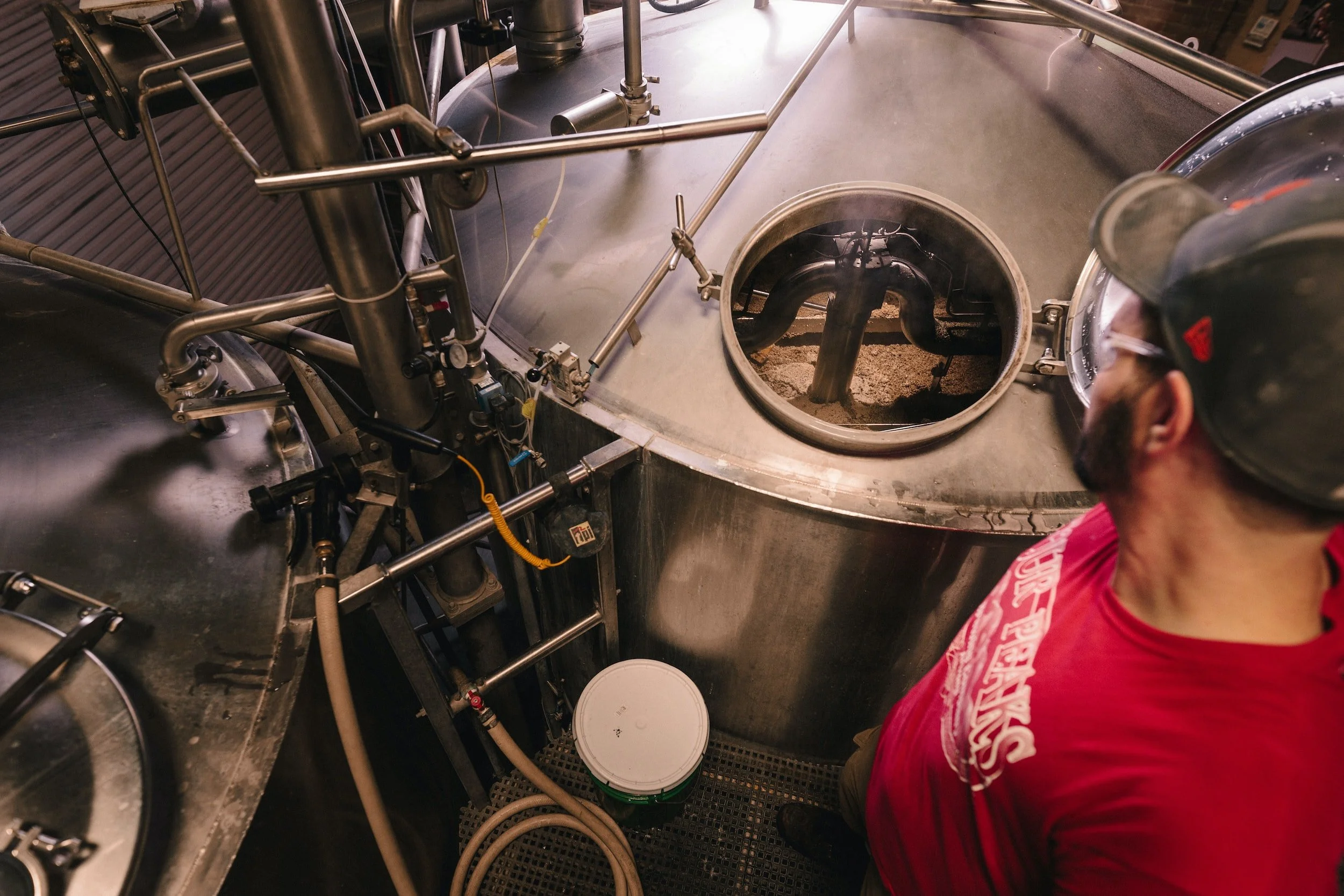Mash-Hopping & Thiols
Mash-hopping can affect the levels of thiols in beer, as the extraction of thiols is temperature dependent. Thiols are volatile compounds that are easily lost during the brewing process, so adding hops to the mash, which takes place at a lower temperature than boiling, can help preserve the thiols and contribute to the final beer's aroma and flavor profile.
By adding hops to the mash, brewers can control the extraction of thiols and achieve a desired balance of flavors and aromas in the beer. For example, mash-hopping with hops high in specific thiols can contribute tropical and stone fruit notes, such as passionfruit and grapefruit, to the beer. On the other hand, traditional hop additions in the boil and the fermenter tend to result in the extraction of different hop compounds, including bittering compounds and essential oils, that contribute to a different balance of flavors and aromas.
It is important to note that mash-hopping is not a standard brewing technique, and the impact of mash-hopping on thiol levels can vary depending on the specific hop variety, growing conditions, and processing methods. Therefore, mash-hopping requires careful selection of hops and precise control of the mashing process to achieve the desired results.
Yakima Chief Hops over the last few years have characterized Survivable Compounds in a multitude of varieties. One of the compounds identified as “survivable” includes the polyfunctional thiol 3-mercapto-1-hexanol (3MH), which presents itself most heavily in the following hops (in the 2021 harvested crop):
Chinook
HBC 586
Idaho Gem™
Sabro®
El Dorado®
Comet
Cascade and Saaz have both been identified as having a high content of thiol-precursors that can be used effectively in mash-hopping applications with a thiolizing yeast.
Unlock those fun additional flavours and use hops from older crop years!


